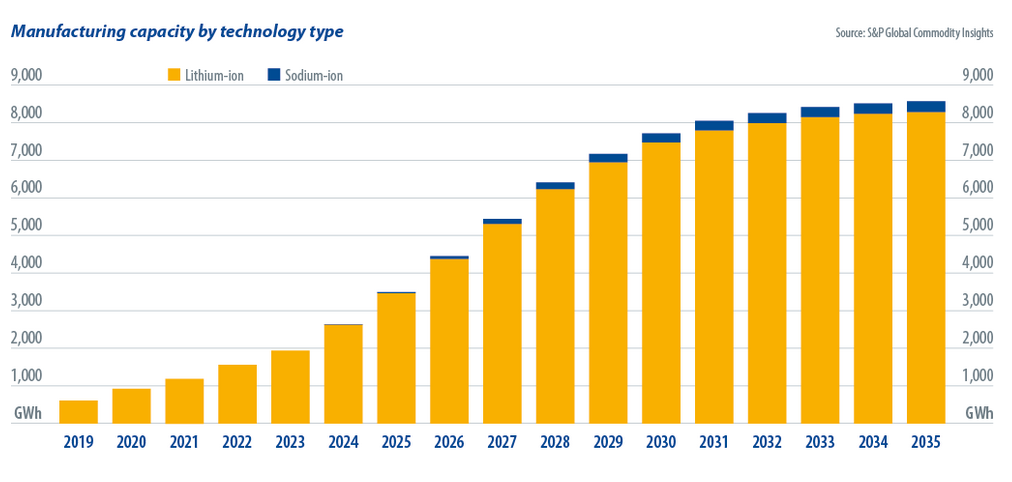A team of scientists from Germany's Friedrich-Alexander-Universität has presented an organic photovoltaic cell based a hole transport layer (HTL) based on PEDOT:PSS, a polymer known for its low cost and easy preparation properties.
In the research paper, “A polymer bilayer hole transporting layer architecture for high-efficiency and stable organic solar cells,” published in the journal Joule, the researchers said that despite significant progress on laboratory-scale organic solar cells, there is still a lack of interface materials that can be solution-processed on top of the active layer, are compatible with novel non-fullerene acceptors (NFAs) and also provide sufficient long-term stability.
The scientists explained that the proposed HTL provides “exceptional stability” for cells based on NFA materials and inverted architecture. The bilayer HTL is composed of doped poly[bis(4-phenyl)(2,5,6-trimethylphenyl)amine (PTAA) nanoparticles and the polymer PEDOT:PSS.
The researchers said doped PTAA nanoparticles (D-PTAAnp) serve as a buffer layer, provide proper alignment of the hole transport levels and enable efficient hole extraction, while PEDOT:PSS forms a dense layer, protecting the active layer and “furthermore enabling Ohmic contact to the Ag electrode”.
Upon testing, the researchers found that the cell can achieve a power conversion efficiency of 17.1%, which they say is among the highest reported efficiencies for inverted OPV cells using PEDOT:PSS as HTL.
After 1,600 hours under metal-halide lamp illumination at room temperature, the device retained 95% of its initial performance. After 1,800 hours operating under metal-halide lamp illumination at 60 C it retained 93% of its performance, leading the team to conclude the device's “excellent operational stability”.
To demonstrate the universality of the interlayer, the researchers then selected four organic semiconductor composites, including PM7:Y6, PTQ11:Y6, PM6:DT-Y6, and PM6:BTP-eC9:L8-BO. The PM6:BTP-eC9:L8-BO device based on the bilayer HTL achieved a PCE of 17.1%.
“To the best of our knowledge, this is among the highest efficiencies reported thus far for inverted OPV cells with solution-processed HTL,” the scientists said. “Overall, the performance and stability values achieved while including a solution-processed top PEDOT:PSS layer present a key enabling tool toward industrially scalable PM6:Y6 modules.
In December, another team of scientists at Germany’s Friedrich-Alexander Universität set an efficiency record of 14.46% for an organic PV module.
This content is protected by copyright and may not be reused. If you want to cooperate with us and would like to reuse some of our content, please contact: editors@pv-magazine.com.




By submitting this form you agree to pv magazine using your data for the purposes of publishing your comment.
Your personal data will only be disclosed or otherwise transmitted to third parties for the purposes of spam filtering or if this is necessary for technical maintenance of the website. Any other transfer to third parties will not take place unless this is justified on the basis of applicable data protection regulations or if pv magazine is legally obliged to do so.
You may revoke this consent at any time with effect for the future, in which case your personal data will be deleted immediately. Otherwise, your data will be deleted if pv magazine has processed your request or the purpose of data storage is fulfilled.
Further information on data privacy can be found in our Data Protection Policy.